Your collection accessible to everyone
Rediscover History in 3D:
Showcase historical 3D Stereograms
with dynamic wigglegrams
Explore the potential of wiggling to make historical artifacts more engaging and accessible
A new way to showcase old stereograms
For museums, collectors, and history enthusiasts, this is a revelation. What used to live in isolated slide drawers or behind glass can now live in pixels – mobile, shareable, and full of dimensional intrigue.
Reviving the hidden treasures of stereo photography
Wigglegrams breathe new life into stereoscopic photography. By combining left and right eye images into a gentle animated loop, they simulate the perception of depth – no special glasses are required. Suddenly, what once required a viewer is now accessible to anyone with a screen.
From private collection to public wonder
Have a stash of stereo pairs? Don’t let them gather dust.
Your collection tells a story: family portraits, expeditions, early urban life, vanishing architecture. Wigglegrams make these visual narratives not only accessible but also irresistible.
By converting your stereo photos into wigglegrams, you’re doing more than just dusting them off. You’re future-proofing them. You’re creating a bridge between the analog past and the digital present – without sacrificing the essence of 3D.
Let the public experience your archive in a way they can immediately connect with. No more relying on niche gear. Anyone with a screen can now experience the depth.
Why museums should care about wigglegrams
Museums are tasked with preserving and communicating history. But attention spans are shrinking. Visual literacy is evolving. To keep audiences engaged, institutions need to adopt formats that resonate with how people consume content today.
Wigglegrams do just that. They’re:
- Innovative: A classic format reimagined for digital exhibits
- Accessible: No headset, glasses, or VR gear needed
- Captivating: They grab attention on screens large and small
- Curated: Present content in controlled, looped moments that suit educational displays
Whether on websites, on-site displays, or in social campaigns, wigglegrams can transform how museums share stereo heritage.
Getting started is easier than you think
If you’ve got stereo pairs, you’re halfway there.
Scan your photos. Open them in 3DWiggle. Let the software do the alignment. Adjust the depth and speed of the wiggle. Then export. That’s it.
Your image is now ready to be seen – and remembered.
Ready to transform your vintage 3D stereograms into captivating wigglegrams that anyone can enjoy?
Museums, collectors, and history lovers alike now have the power to make 3D history visible again, in the most accessible and engaging way possible. So open that drawer. Scan that archive. And let your images wiggle their way into the hearts of a new audience.
*- no credit card required, no rush, no subscription, no ads
